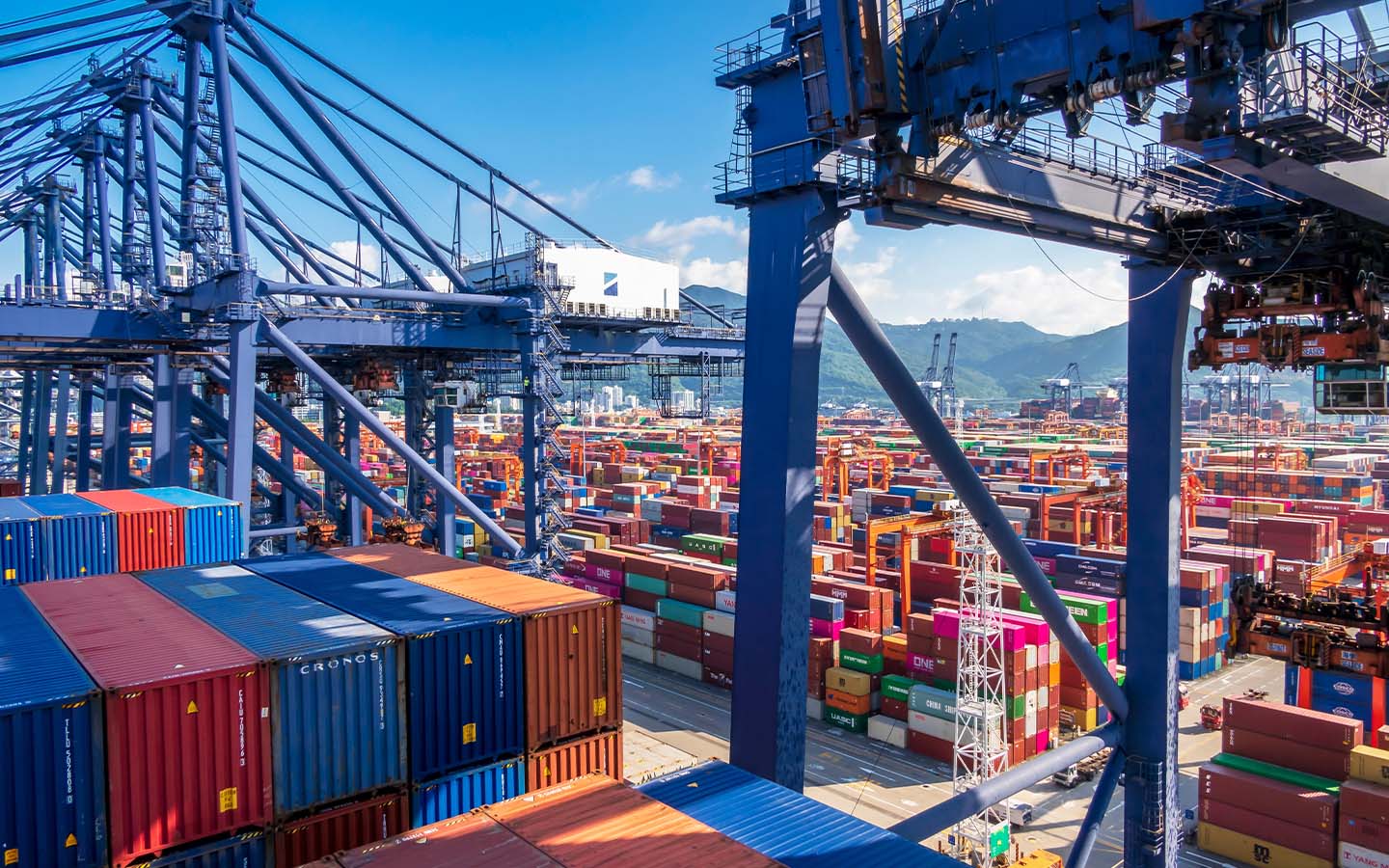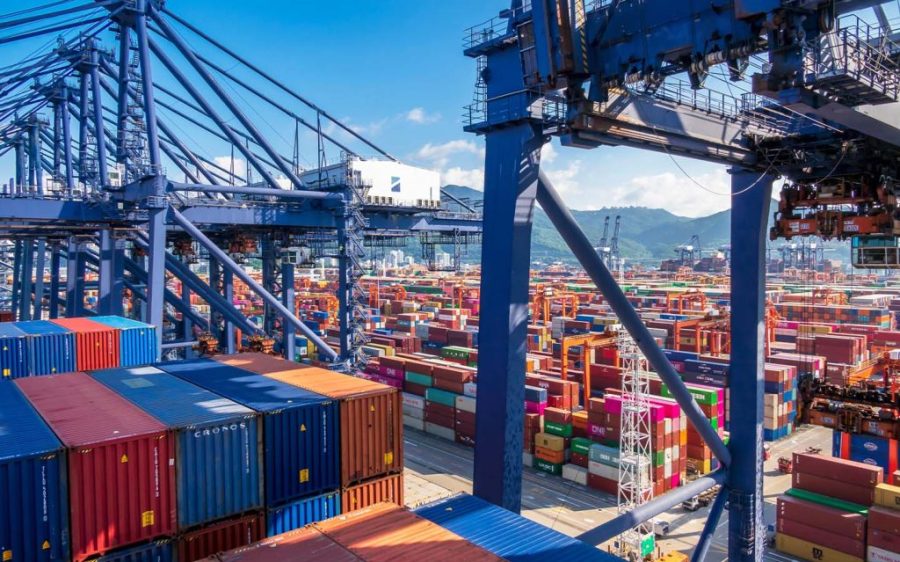China’s exports rose faster than expected in July, buoyed by growing demand across Africa, Europe and Southeast Asia – even as shipments to the United States continued to slide amid ongoing trade tensions.
According to customs data released Thursday, the value of total exports climbed 7.2 percent year-on-year to US$321.8 billion. The figure beat market forecasts by 1.4 percentage points and was better than June’s 5.8 percent growth rate, the South China Morning Post reports.
Imports also surprised analysts, growing 4.1 percent in a potential sign of recovering domestic demand. A poll by Chinese financial data company Wind had predicted far more modest growth of just 0.27 percent. China’s total trade surplus narrowed slightly to US$98.2 billion in July.
Exports to the US dropped 21.7 percent year-on-year in July – reflecting the continued impact of raised tariffs. The two countries remain locked in a fragile 90-day trade truce set to expire on 12 August, with no permanent deal yet in place. June’s shipments declined by 16.1 percent.
[See more: China’s economy grew 5.2 percent year-on-year in the second quarter]
However, the month saw Chinese exports to the Association of Southeast Asian Nations (ASEAN) surge by 16.6 percent year-on-year, while exports to the European Union rose 9.2 percent. Shipments to Africa and Latin America were up by 42.4 and 7.7 percent respectively. Belt and Road Initiative countries received 50.4 percent of China’s total exports in July, a slight increase on the month prior.
In terms of products, chip shipments jumped 29.2 percent year-on-year as Chinese manufacturers rushed to beat the looming threat of new US tariffs targeting semiconductors. Electric vehicle exports rose by 25.5 percent, with China shipping nearly 700,000 vehicles abroad in July. Exports of machinery and electrical products were also strong, up 8 percent.
According to a Natixis senior economist, July’s chip surge was mainly due to front-loading – with manufacturers worried about what might come after the current tariff truce between the US and China.
Other analysts agreed, noting near-term pressures for exporters. Zhang Zhiwei, president and chief economist at Pinpoint Asset Management, said the question was how much would China’s exports slow, and how would that “spill over to the rest of the economy.”






